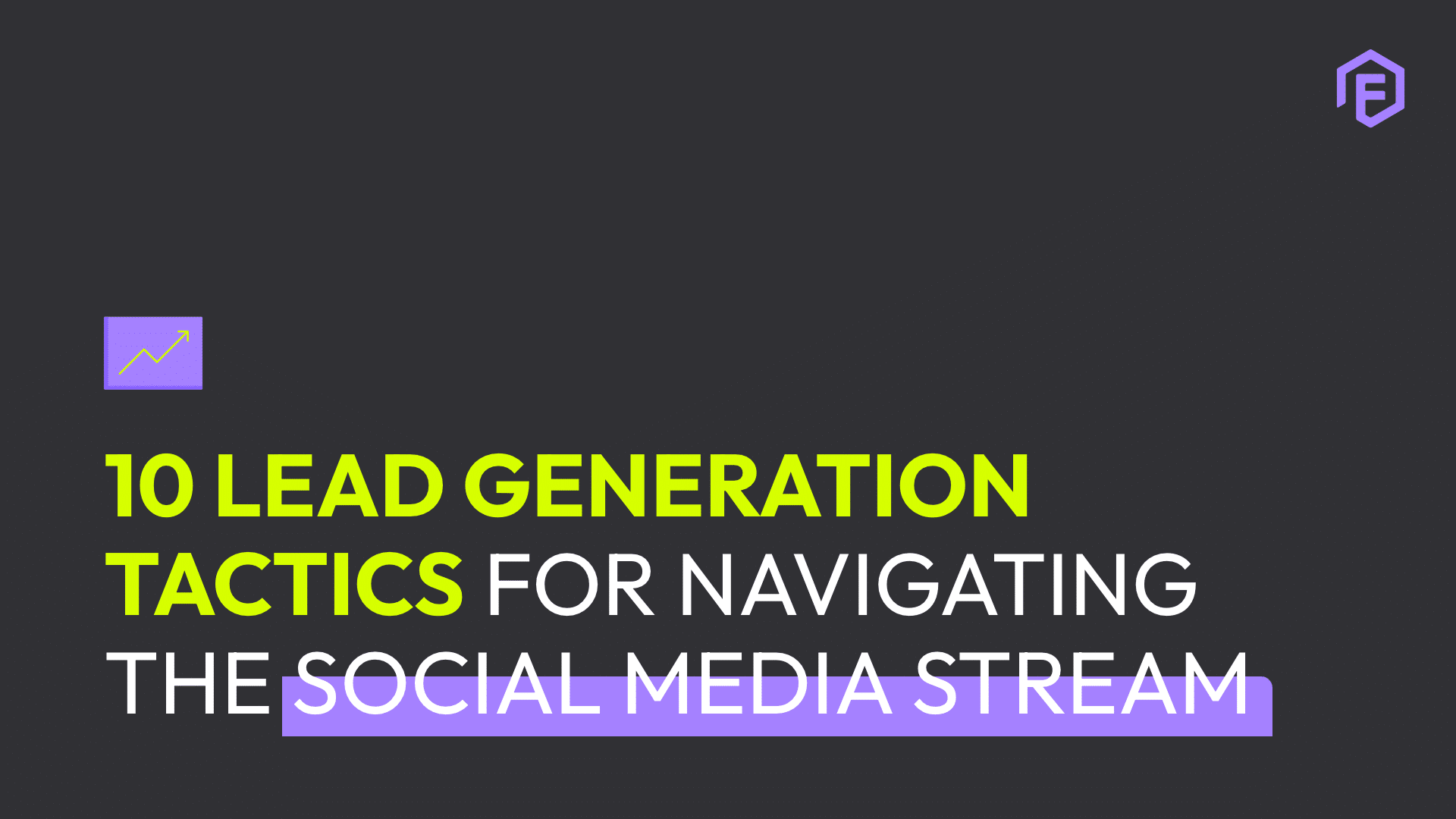What is UI / UX?
User interface is the design of the interaction between humans and computers. User experience is how the human feels while interacting with the computer. User experience design is attempting to improve this process, and make it more efficient and enjoyable. The ‘computer’ could be a product or service with which a person is engaging.
How to create a great UI / UX
The greatest user experiences are ones that are authentic. Ones that are simple and that add value to your customers’ lives. The process of creating an experience for your customer cannot be created in the silo of your marketing or product development department; it has to involve every aspect of your business.
It is all about collaboration, and involving as many of your team members and stakeholders as you can. There are many factors to take into account – key ones coming from your business plan or company’s vision. What is your value proposition? How is this going to help your customer engage with your brand? Establishing who your key user is, is important.
We do this by creating a few personas, based on your target market. Knowing your users’ motivations, needs, goals, frustrations, and behaviors will greatly affect the design. You’ll need to consider the language you’ll use in designing the user experience; what tone do you use when speaking to your customers?
What are your goals and reasons for creating this experience, and what does success look like? How will you know when you have accomplished your goal? Once you have done all your research, consulted all your stakeholders and know who you are creating all this for, you can map out your user journey.
This could start from the moment a customer is exposed to a piece of marketing material, or when the user installs your app on their smartphone. The best way to think about your user journey is from an operations point of view, as it is mapped out with a flow chart diagram. Draw.io is a great free tool for this: (https://www.draw.io)
Once you have plotted the user journey, visual design can begin. This is the most exciting part of the process, as you can start getting a feel for the look and usability of your product or service. Design trends may come and go, but bear in mind that, when designing online, function is more important than form.
Customers interact with products or services through a number of different platforms, such as mobile phones, tablets, desktops, smart TVs, wearables and headsets. To provide the best brand experience, the flow of actions and design elements should be coherent across all these platforms.
Fail now, perfect later
Ship as soon as you have a minimal viable product, or test it out on a group of people – getting feedback as soon as possible is crucial. Many experiences fail simply because there was no need or demand for them in the first place, or because they are not solving problems. You should use the design thinking approach of empathize, define, ideate, prototype, and test.
By cycling through these stages of the process as many times as possible, you will ultimately reach your goal. The “empathize” phase is learning about your audience and researching. Define your users’ needs by framing. Ideate by coming up with new solutions. Prototype, design and build or code. Lastly, test your ideas to see if they are successful.
Below is a diagram of how much time should be spent on each phase. Notice how large the empathize allocation is. It is truly the most important part of this whole process, because it entails understanding your audience.
The future of UI / UX is hopefully none at all.
An interface or a journey is an interference in getting your task done. The task should be done without your having to follow a process or interact with an application. Intelligent personal assistants such as Siri and Amazon Echo are early examples of this: An action can happen with some voice input. Neuralink, founded by Elon Musk in 2016, is already working on brain-computer interfaces, so in the future a simple thought could trigger an experience.
New job titles will be created, such as Interaction Designer and Personality Responsive Designer, using artificial intelligence to create a unique experience for every person. In the meantime, we’ll have to keep striving to provide relatively smooth experiences within the frameworks at our disposal.



